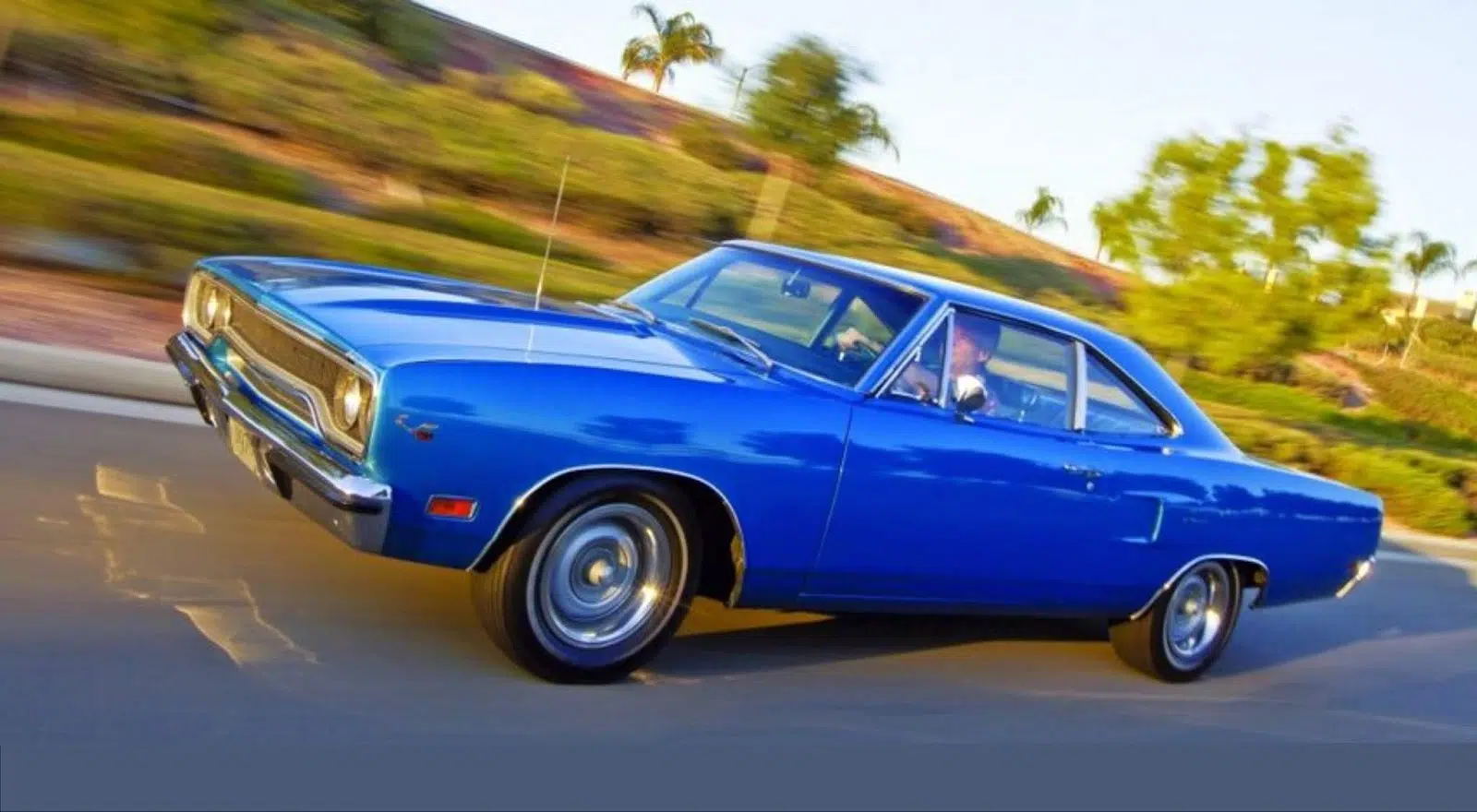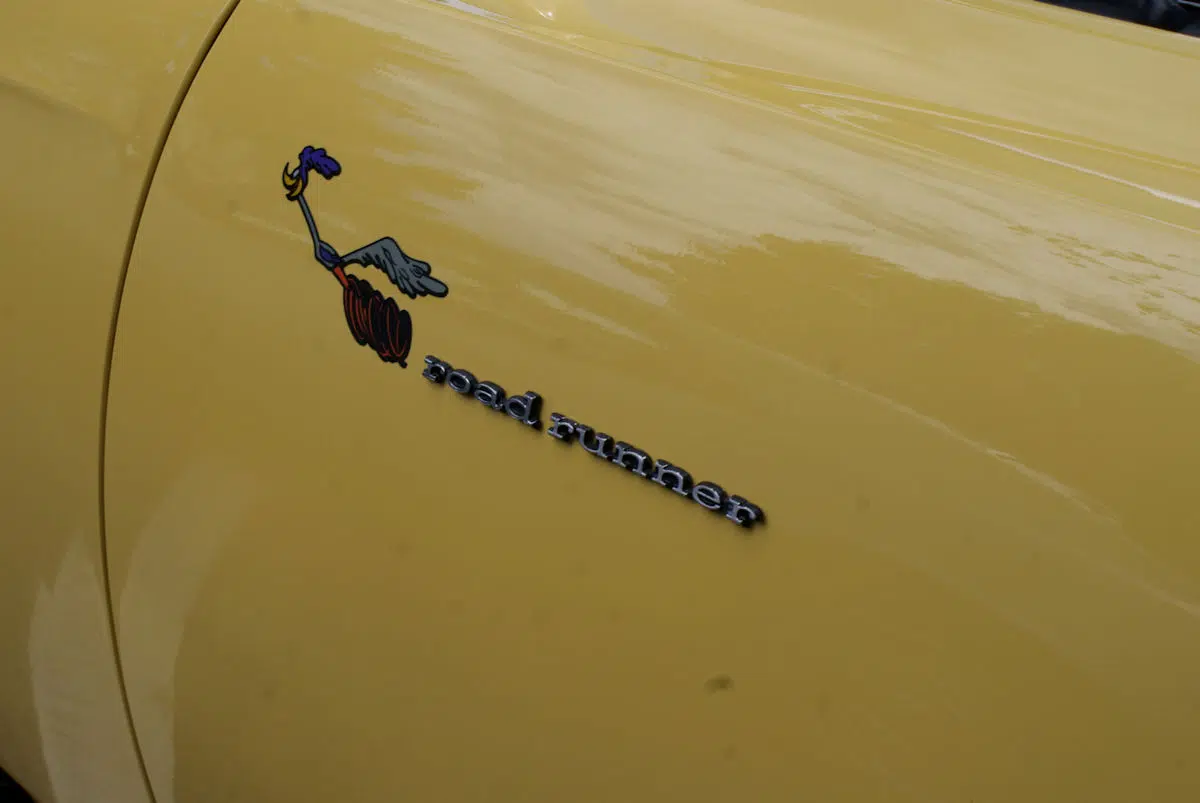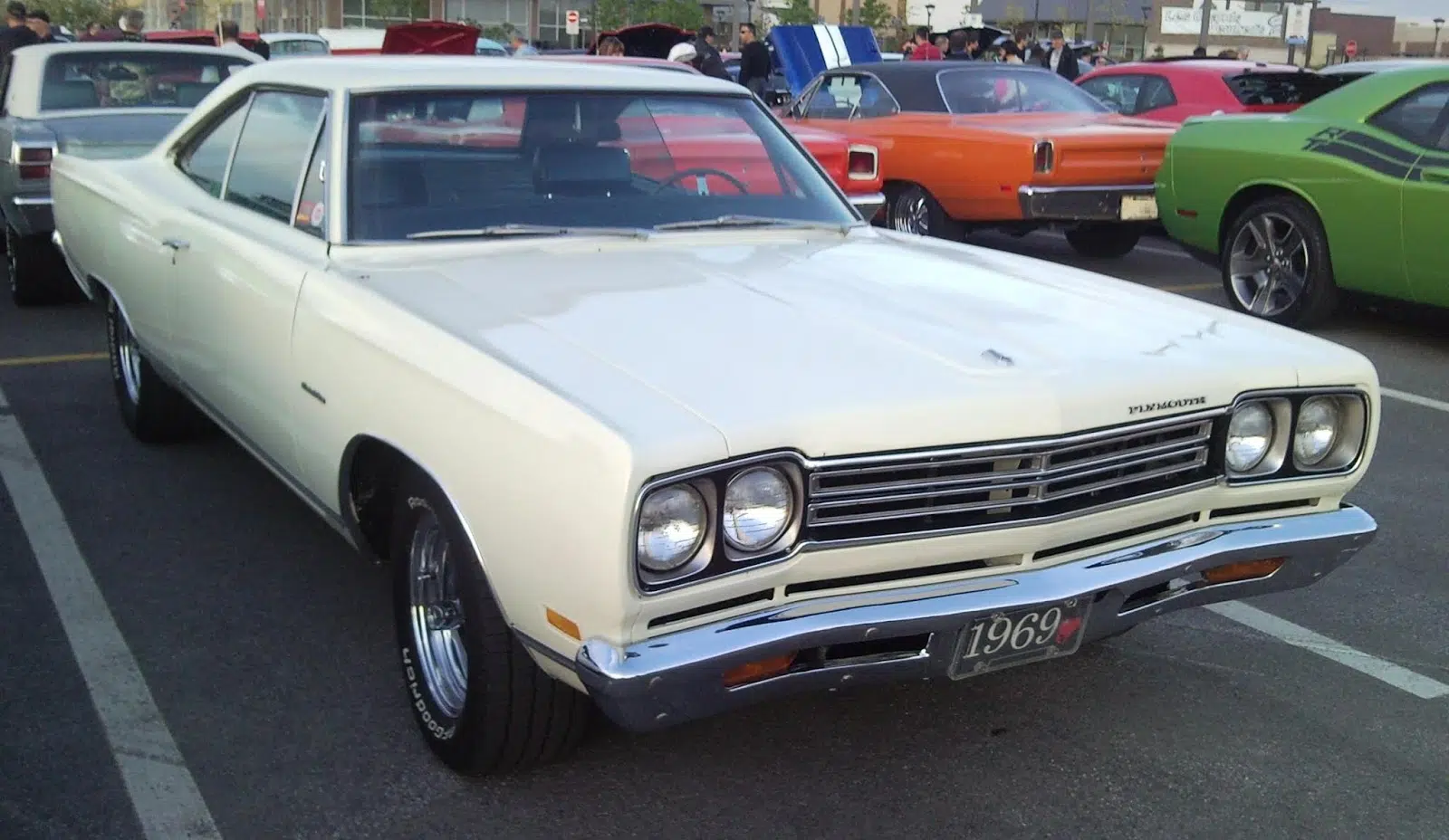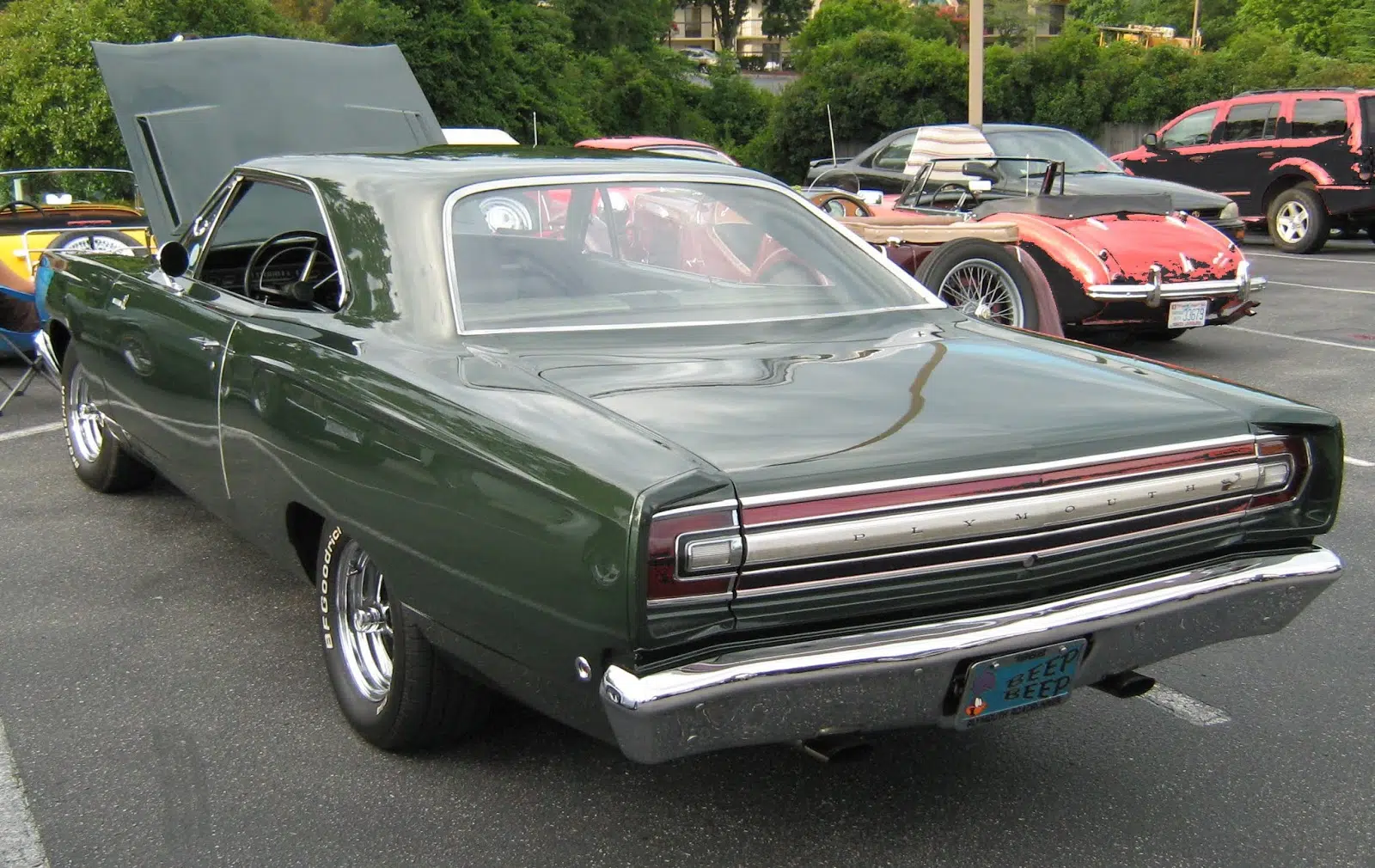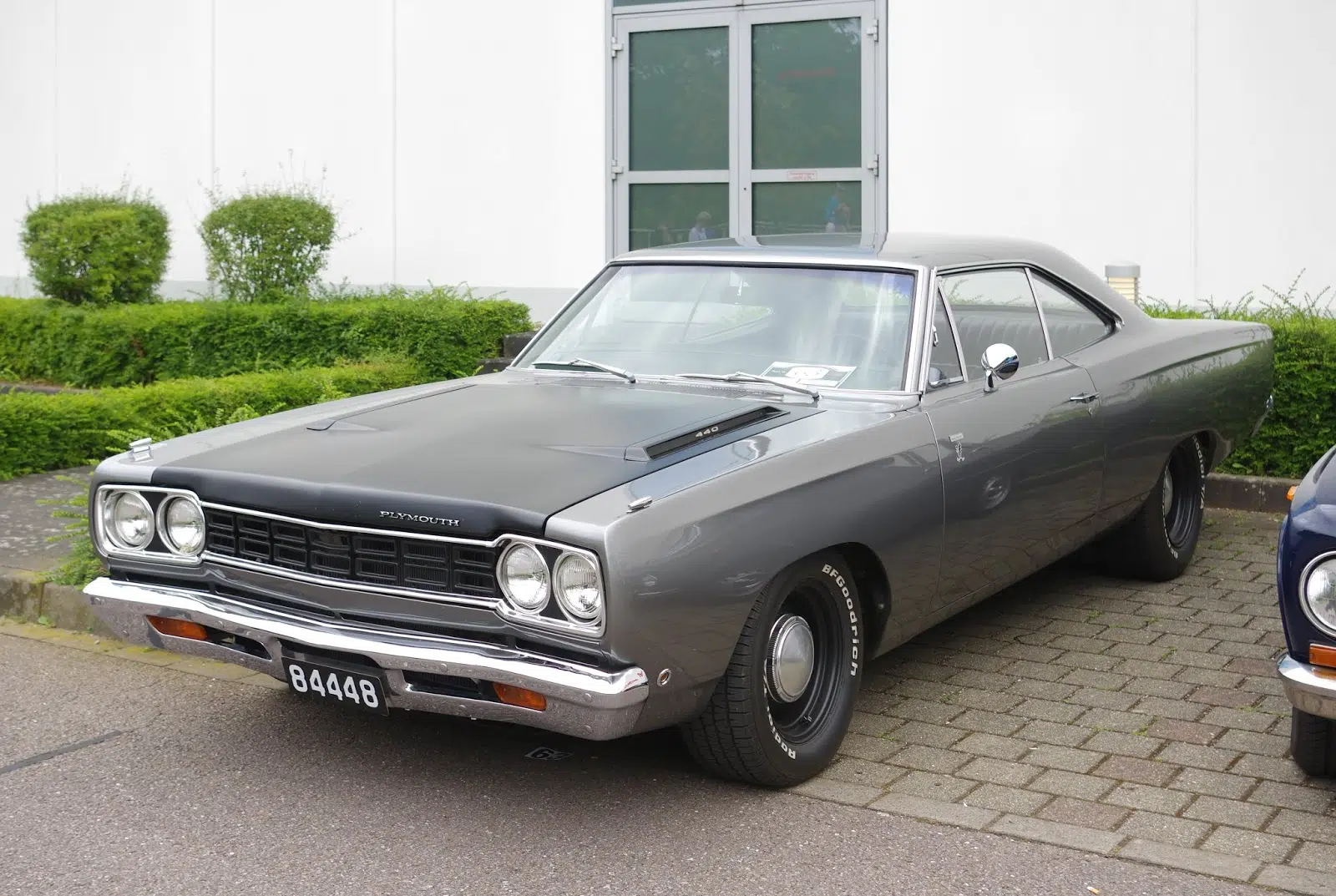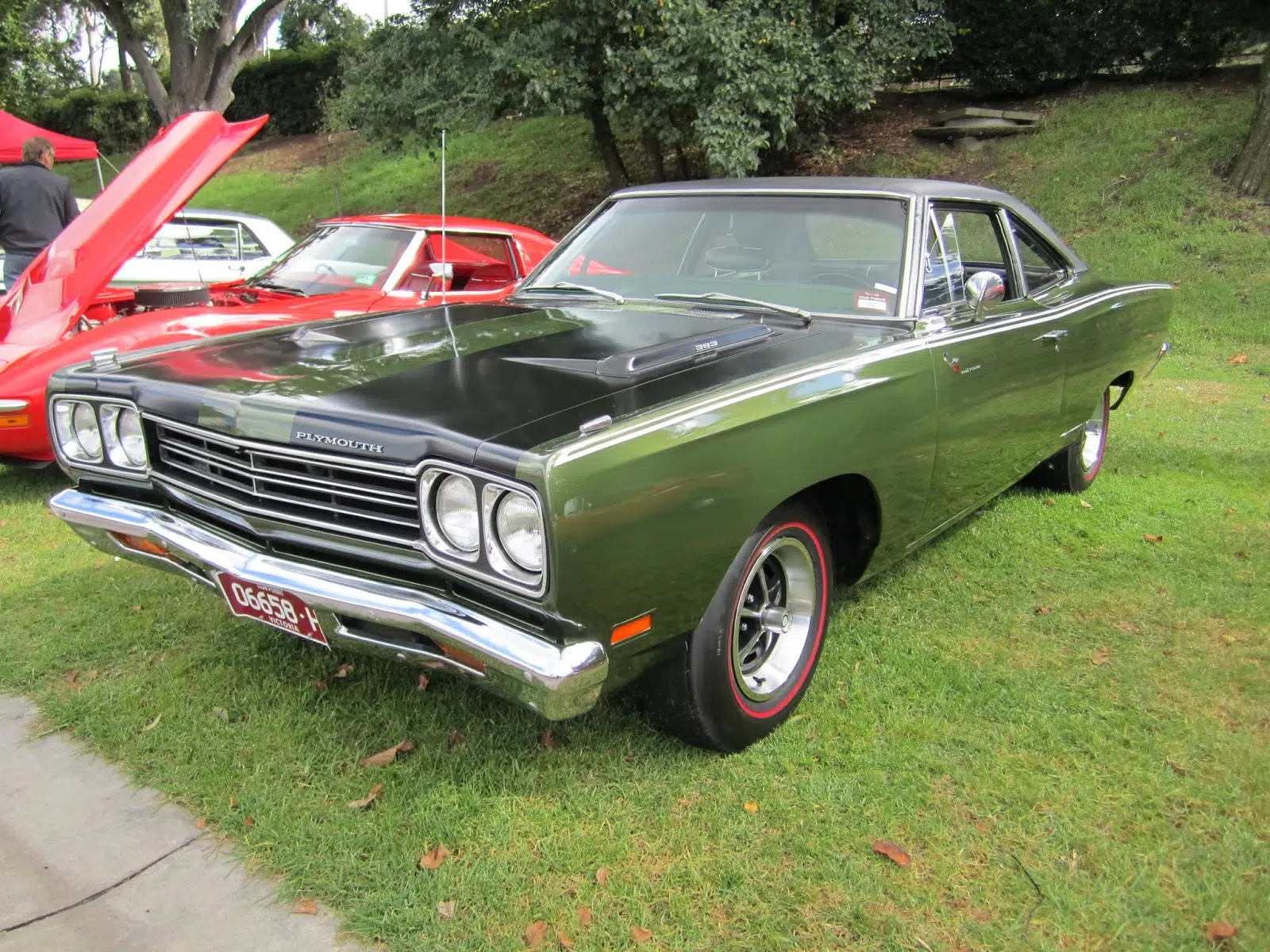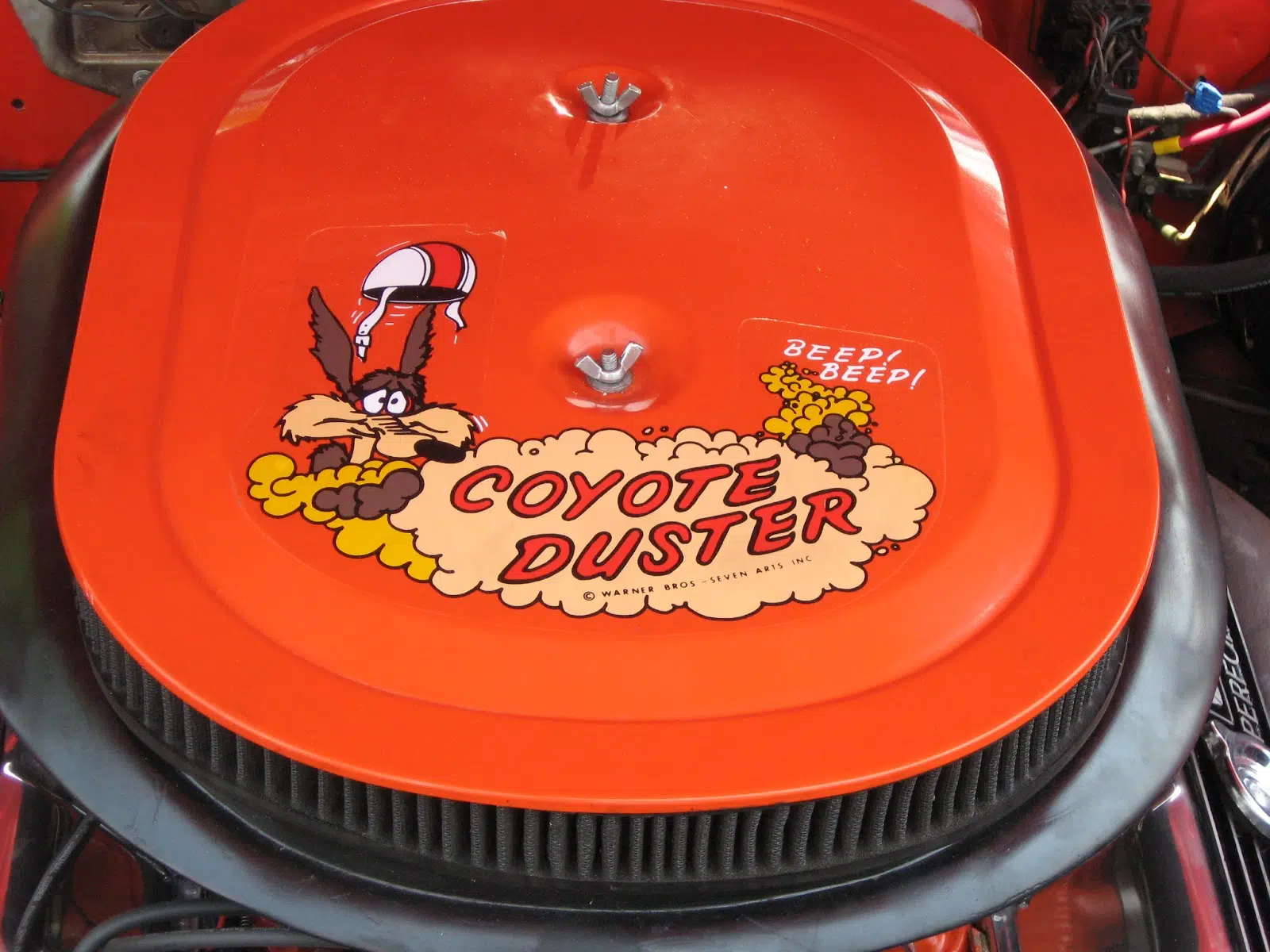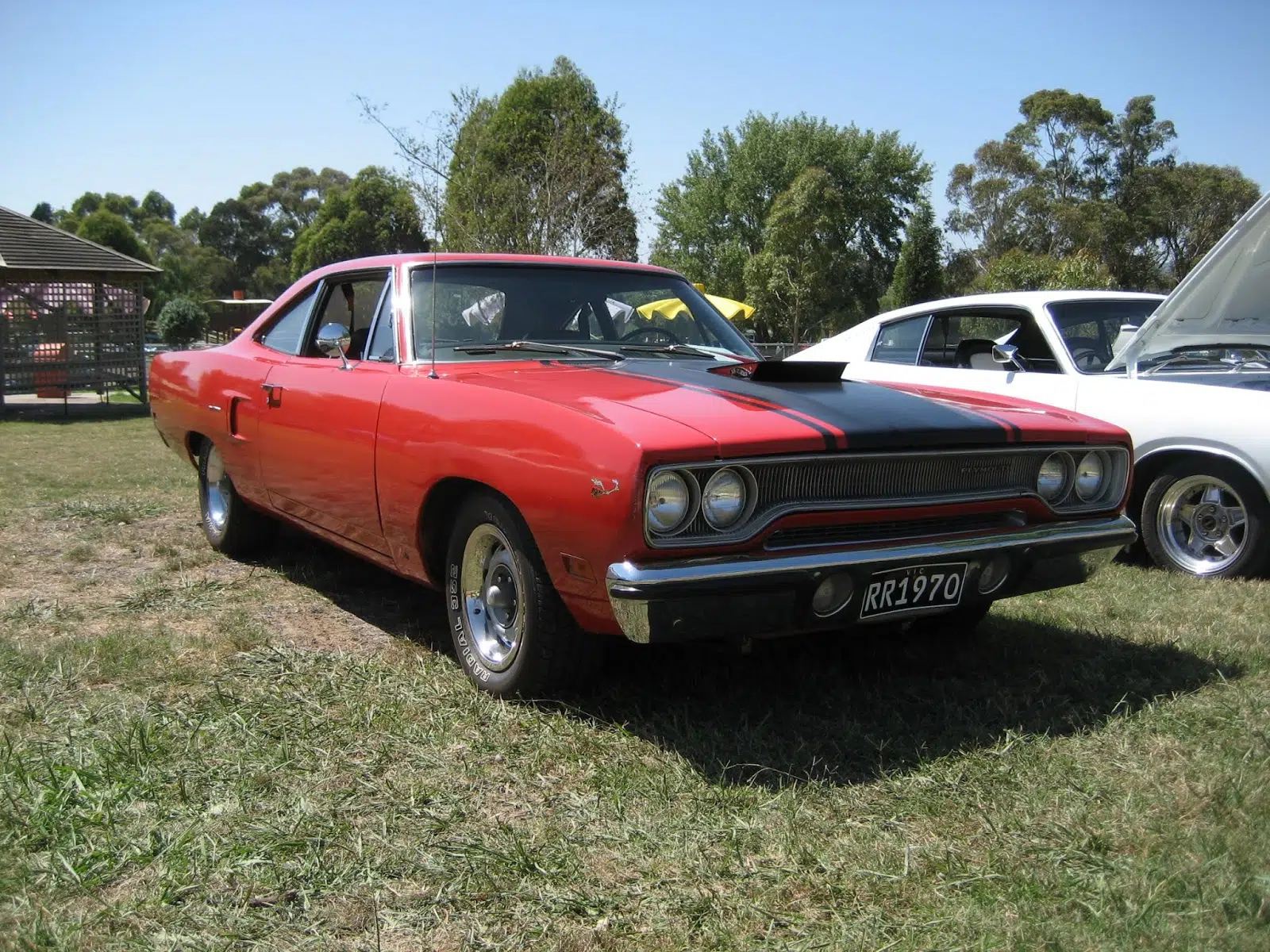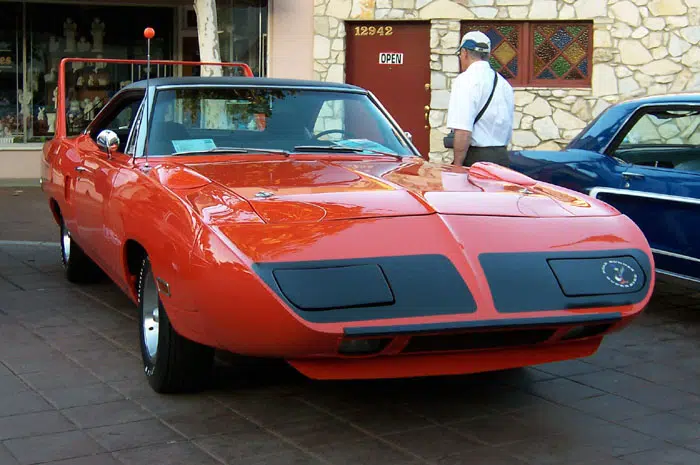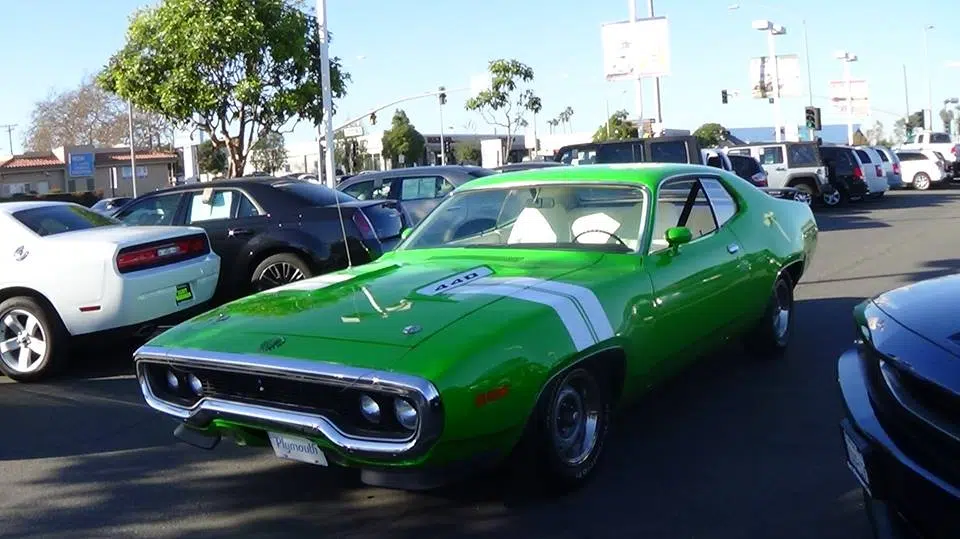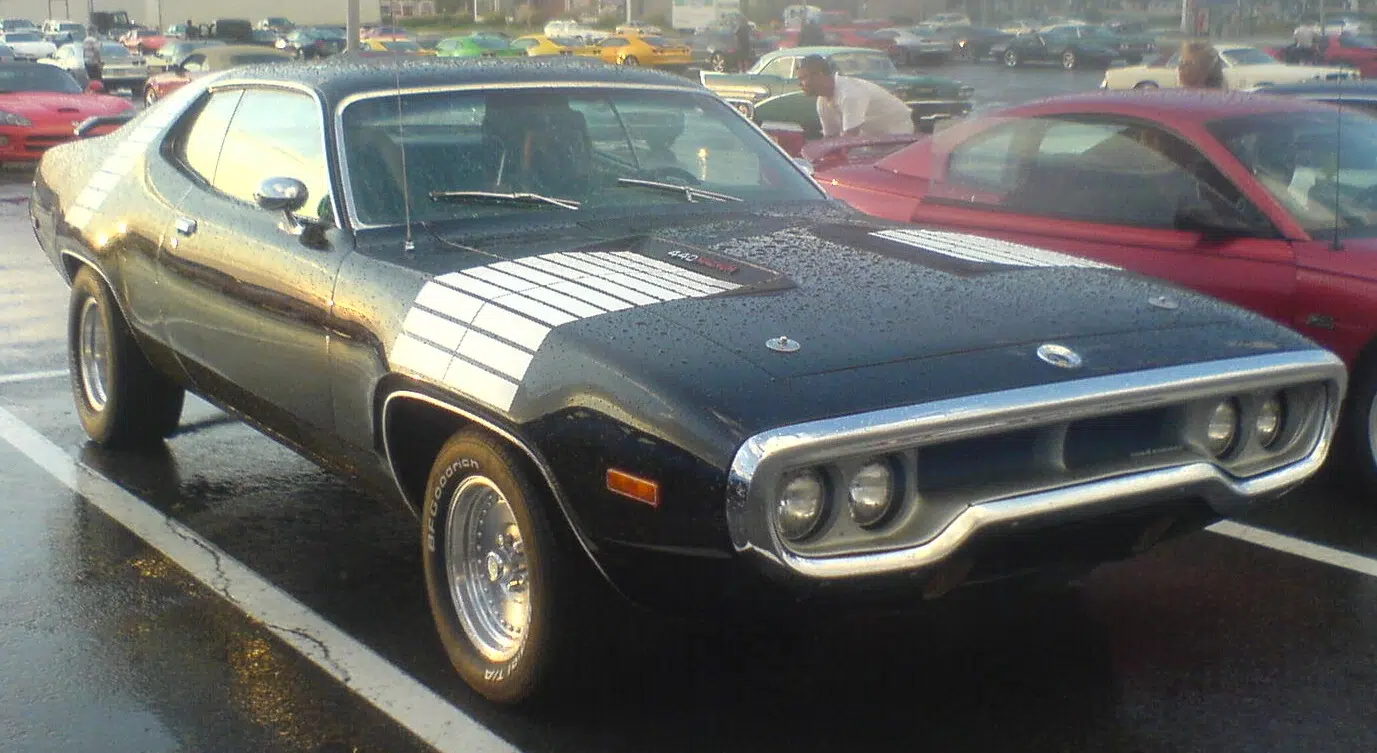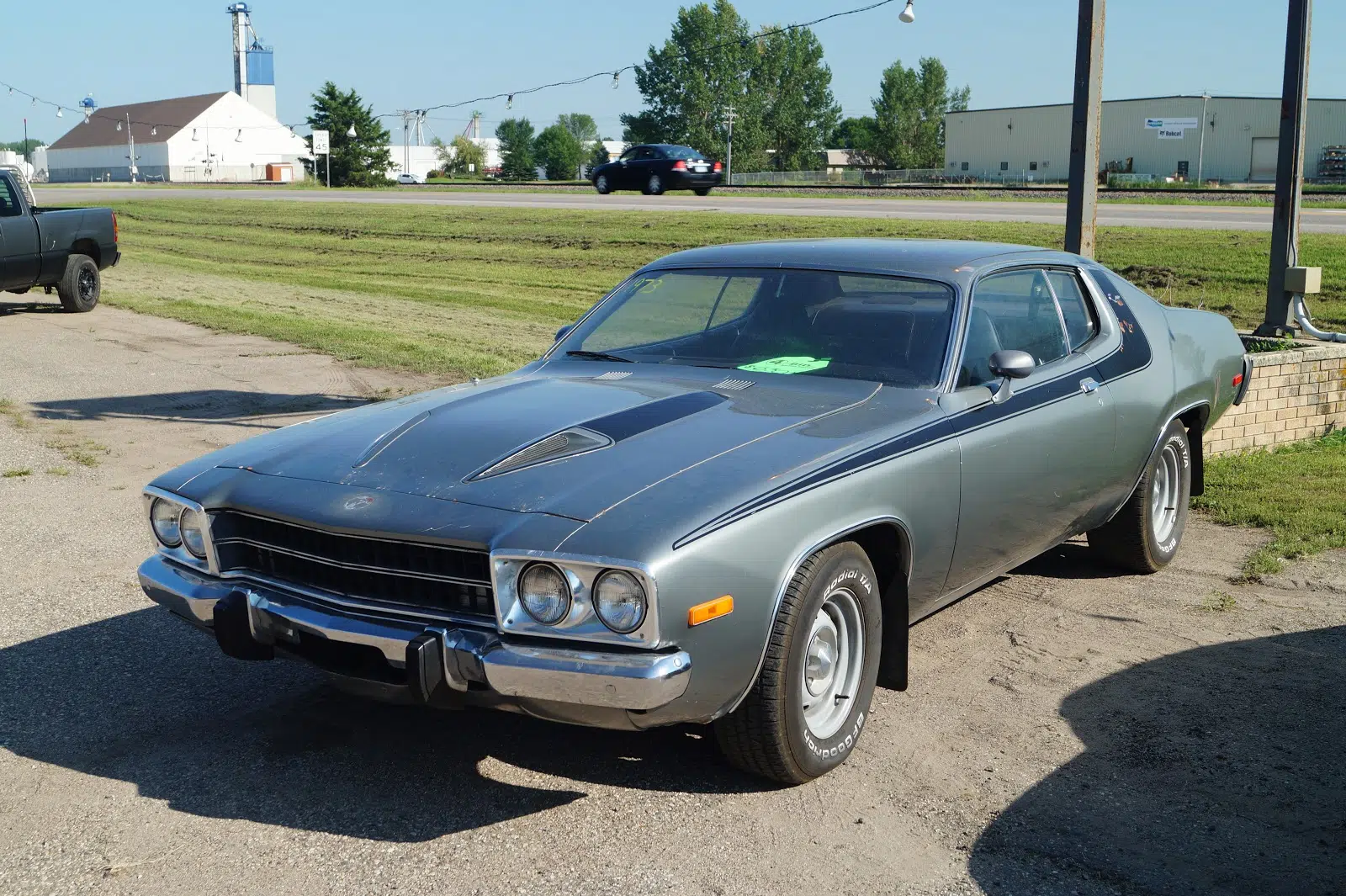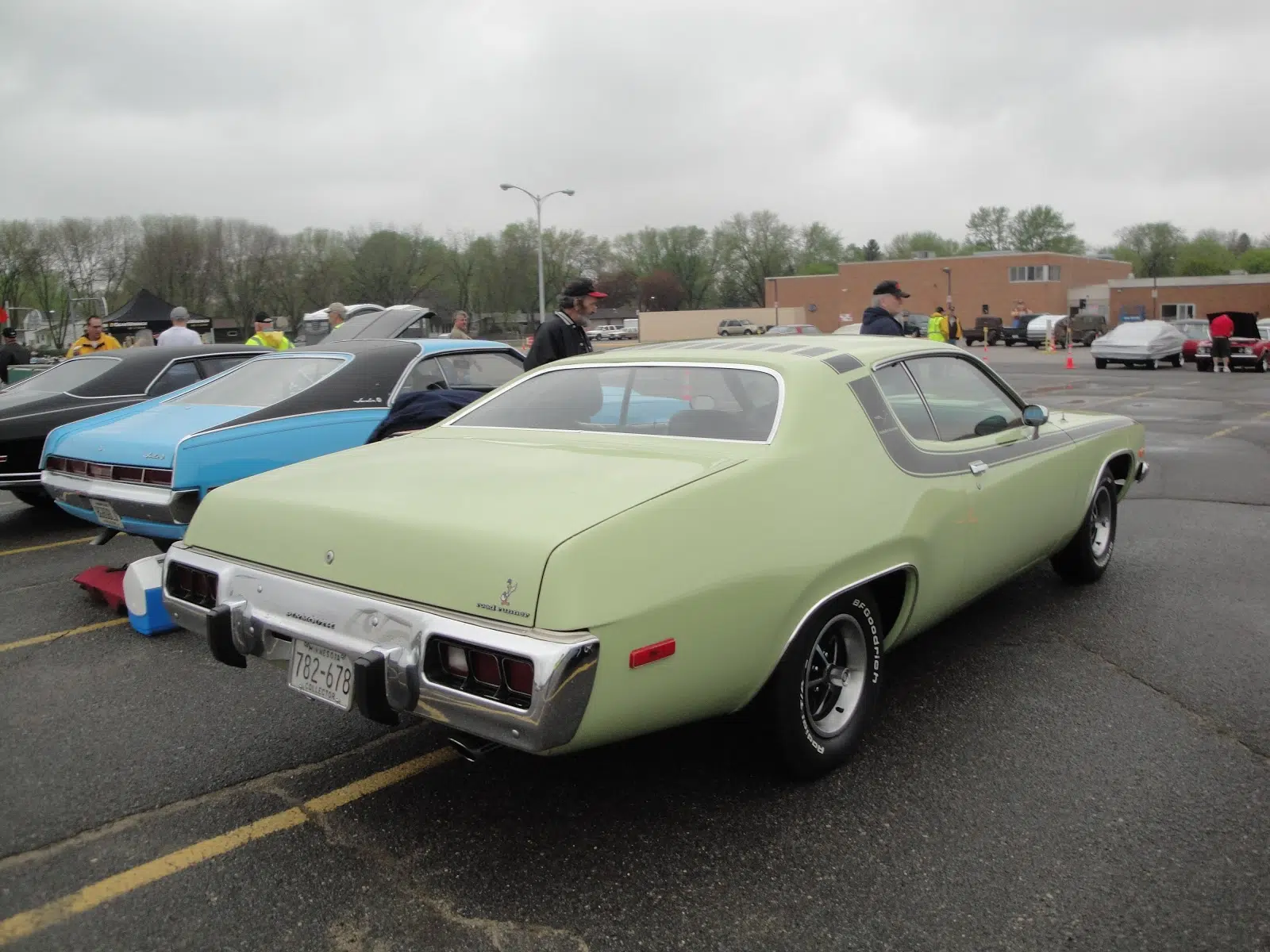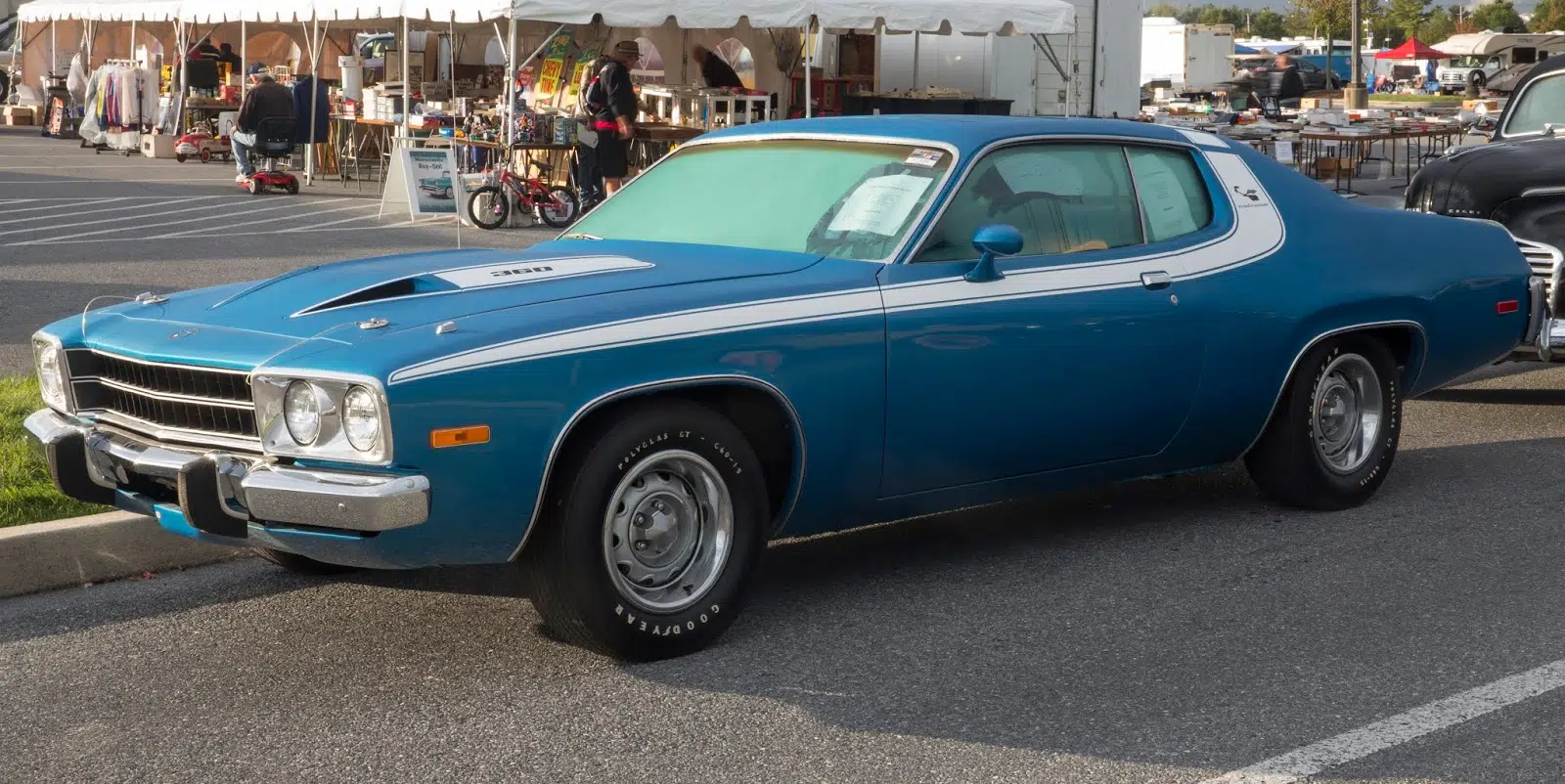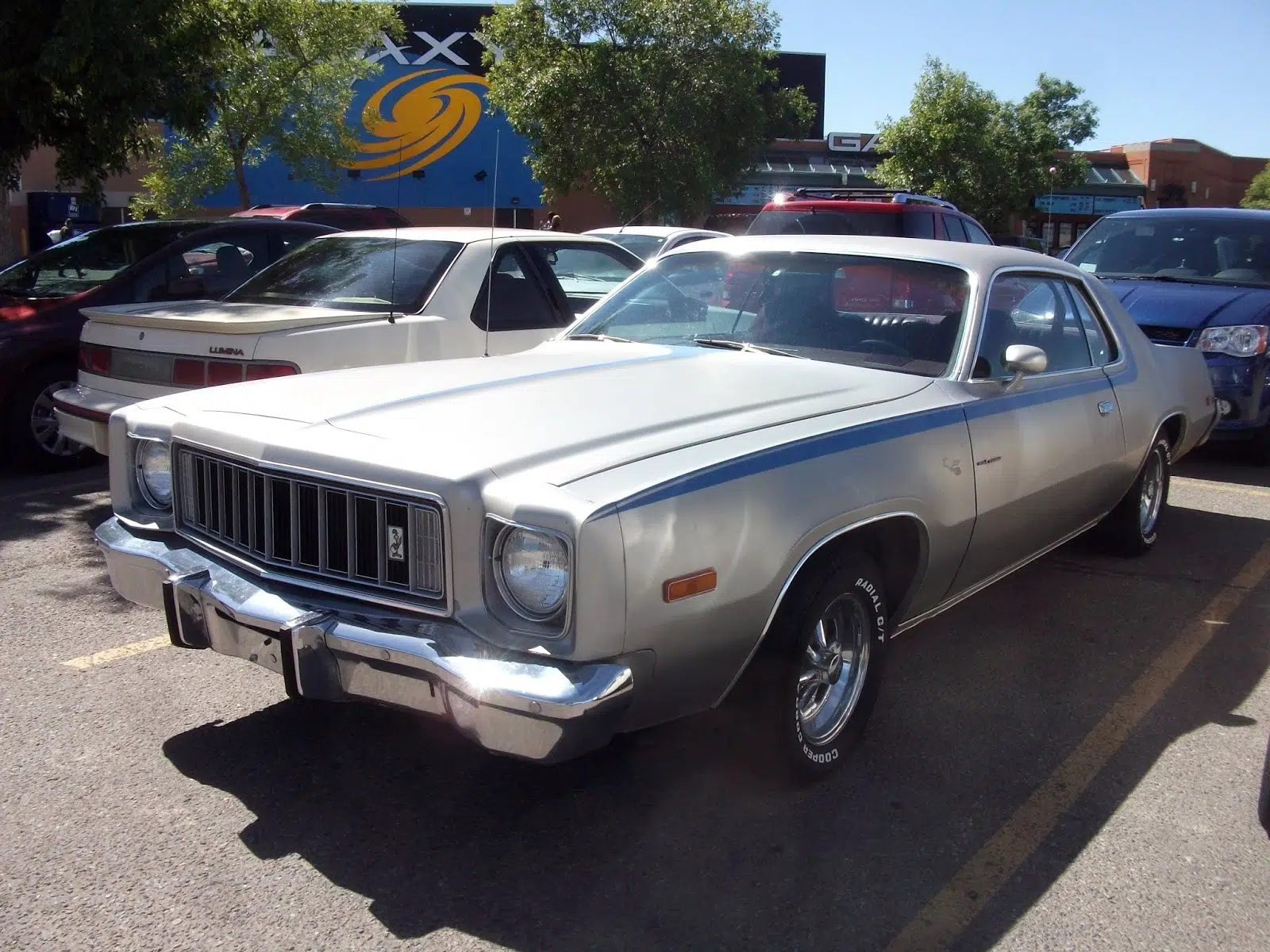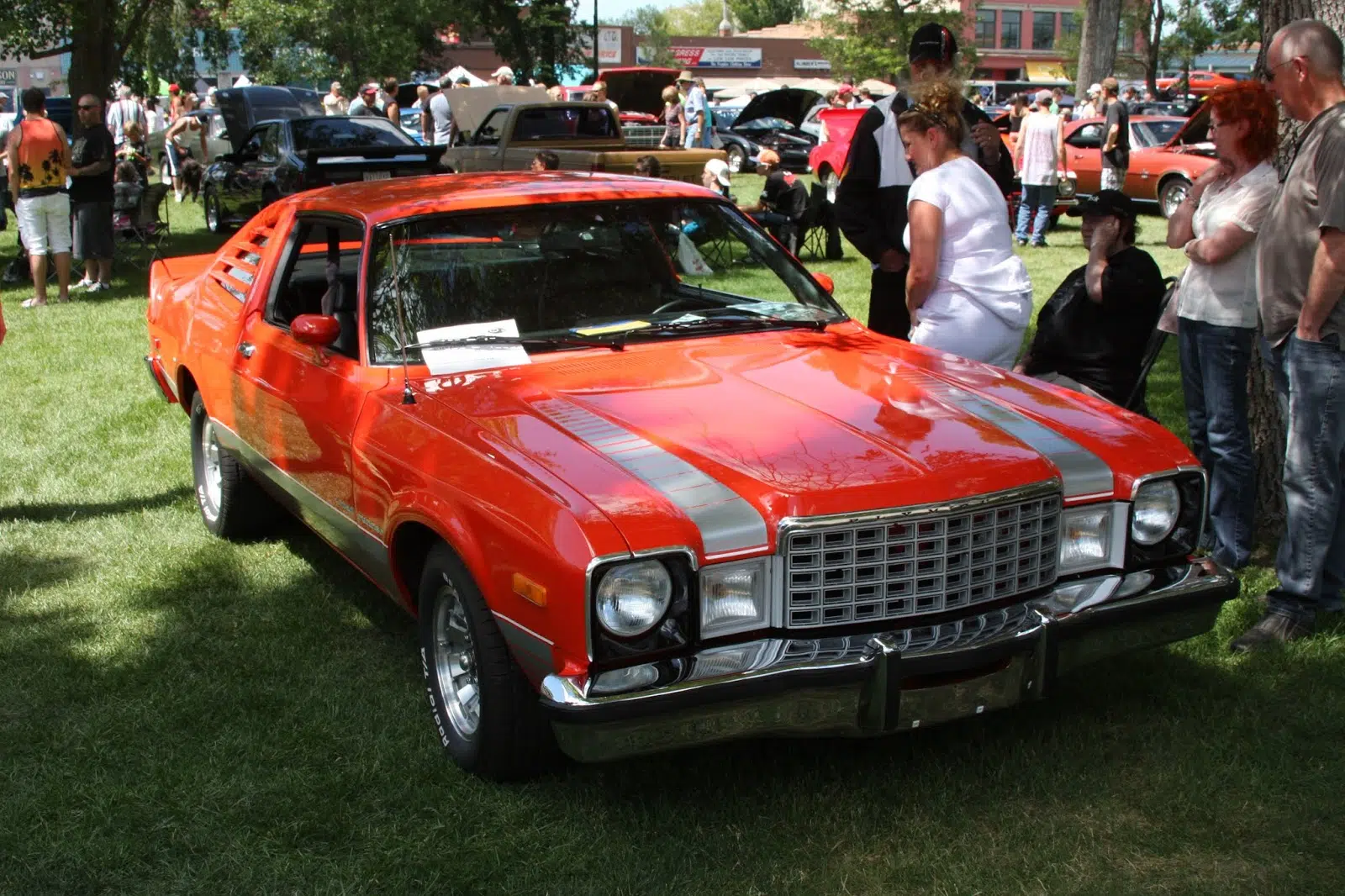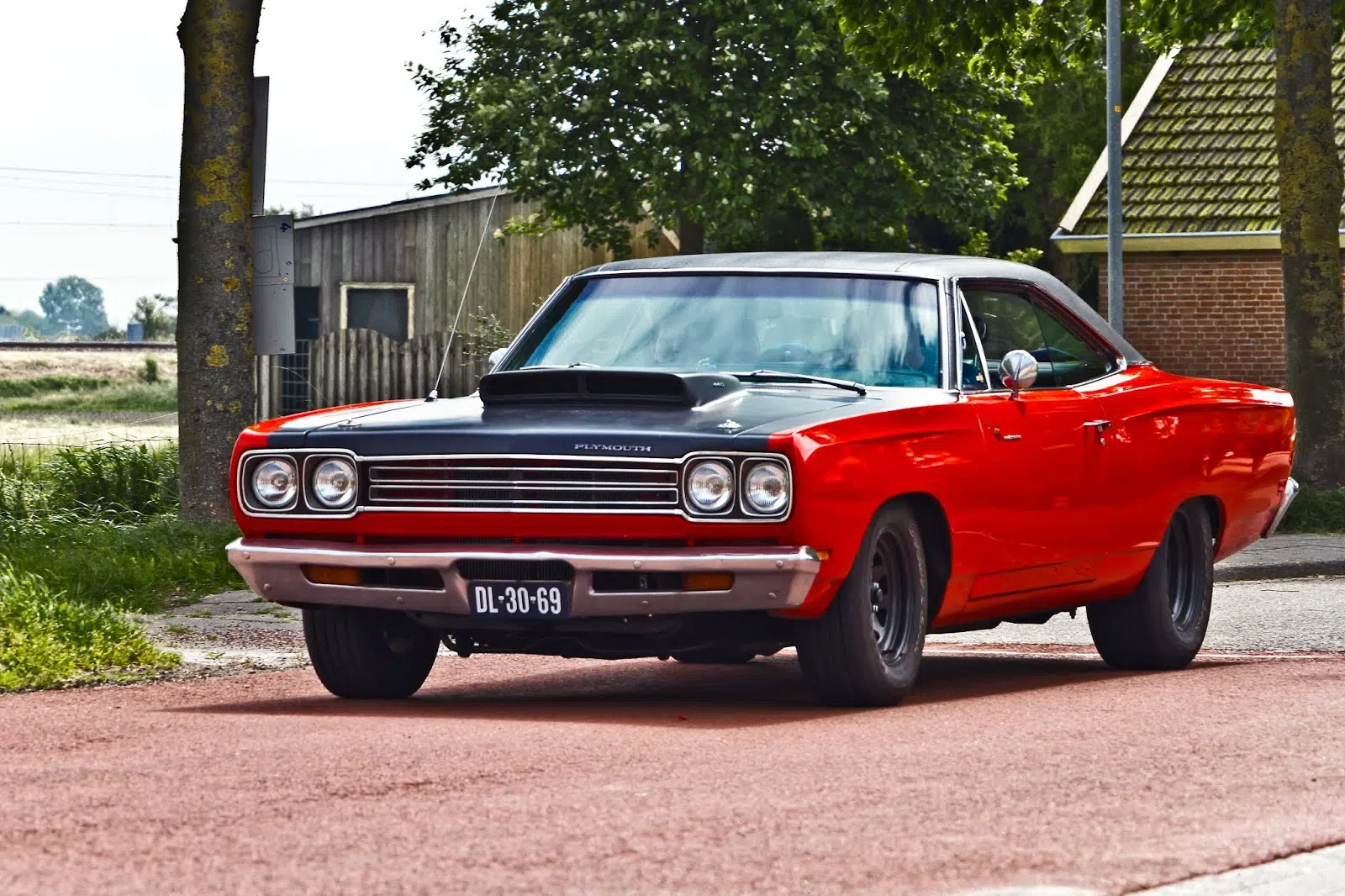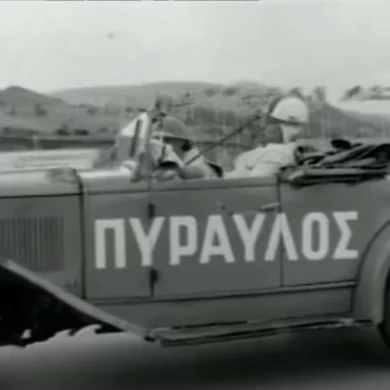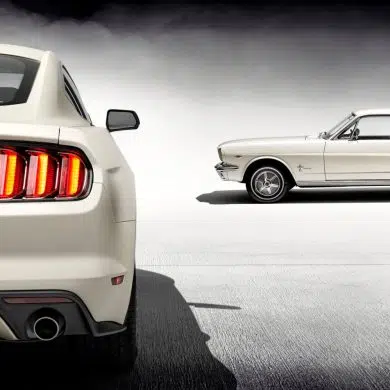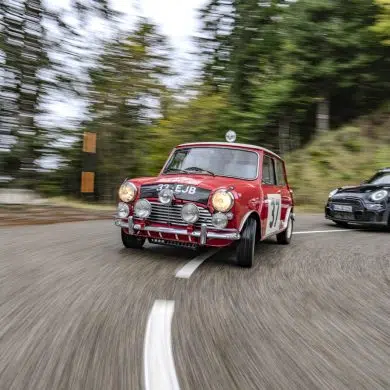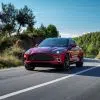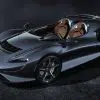TopSpeed Retrocar Sunday - Chapter : Plymouth Road Runner
Copyright : Eduardo Lopes, Flickr
The Plymouth Road Runner is one of those "unicorn" cars that have a long history on the other side of the Atlantic, but are relatively unknown in Europe. The Road Runner was introduced by Plymouth in 1968 as a mid-size, performance-focused car at a time when lean and affordable muscle cars were becoming increasingly loaded and expensive.
A few years earlier, Plymouth had paid $50,000 to Warner Bros - Seven Arts to acquire the right to use the road runner and coyote names, as well as the characters from the eponymous cartoon. In addition, Plymouth spent $10,000 to develop a horn for Road Runner, with the classic "beep beep" sound that the road runner made in the cartoon.
First Generation ( 1968 - 1970)
1968
The first cars of 1968 were only available as two-door coupes (with a central pillar between the front and rear windows), with a "hardtop" model being introduced shortly afterwards, which lacked a central pillar.
The first-generation Road Runner was based on the Plymouth Belvedere, while the more luxurious GTX version was based on the Sports Satellite, with a slightly different grille and rear lights.
The interior was "Spartan", with a simple bench seat in the front, covered in vinyl, with the original cars not even having carpet. On the extras, there was the option of, among other things, power steering, front disc brakes instead of drum brakes, AM radio, air conditioning (except for the 426 Hemi version) and automatic transmission. On cars with the manual transmission, the shifter was on the floor, with only a rubber boot, no center console, to accommodate the bench seat.
The main engine was a Road Runner exclusive 6.3 litre, 4-barrel Carter carburettor V8, producing 340bhp and 576Nm of torque. The engine was fitted with the camshafts from the 440 Super Commando and a slight increase in compression of 0.25 gave the Road Runner engine a slightly higher output. However, the air conditioned cars were fitted with the version without the 440 camshafts, as they did not create sufficient vacuum to allow the air conditioning system to work properly. This engine had the same torque, but 10 horsepower less. For $714, however, there was also the option of the 7-litre, Hemi, with an output of 430bhp and 665Nm of torque. Of those extras that are worth every last cent.
As standard, the Road Runner was fitted with a 4-speed manual gearbox with floor shifter, while there was also the option of a 3-speed TorqueFlite automatic transmission.
Plymouth, expected to sell 20,000 cars for 1968, with total orders, however, amounting to 45,000 ! That number made the Road Runner the third best-selling car of the year, behind the Pontiac GTO and Chevrolet SS-396 Chevelle. The great success of the Road Runner, prompted Dodge, to put the Road Runner's "cousin", the Super Bee, into production.
1969
In 1969, the Road Runner gets new logos, minor changes to the front grille, tail lights and the bucket seat option. Also added was the option to buy them as convertibles, with 2128 cars sold as convertibles, all with the 6.3-liter V8, except 10 that had the 7-liter Hemi.
Copyright : Bill McChesney, Flickr
In '69, a new extra was also introduced, the "Air Grabber" which joined the inlets of the bonnet, through a channel inside, redirecting the air flow to the filter, which bore on its cover a sticker that read "Coyote Duster". This system had flaps, which the driver opened and closed by a lever under the dashboard, determining whether air flowed to the engine compartment or to the intake.
In the first half of the year, the 6.3 and the Hemi were the only two engine choices. In the second half, the A12 440 engine was added, which produced 395bhp and 665Nm of torque (same as the Hemi, just at lower revs).
The Road Runner, voted by Motor Trend "Car of the Year", with total sales amounting to 81,125 cars for the U.S. and another 3,295 for Canada and other countries.
1970
The 1970 model brought many changes to the simple 1968 & 1969 model. New front grilles, the front bench seat was vinyl and cloth covered, new hood, new front fenders, new rear fenders (with decorative - non-functional scoops), and new single piston Kelsey-Hayes front brakes. In addition, the operation of the air grabber, with the front scoop, which now, by means of a switch, was raised and lowered, increasing or decreasing the opening and thus the amount of air entering the intake.
The engines remained as they were, with the only difference being in the gearbox, where a 3-speed heavy-duty automatic was now part of the standard equipment, with the TorqueFlite 3-speed automatic and 4-speed manual being available as optional equipment.
1970 was the second and last year of the Road Runner's availability as a convertible, as the number of orders was too low to justify its continued availability. In addition, the Road Runner gained on the extras, the option of bucket seats, now with a headrest.
The 1970s, however, was a bad year for the Road Runner and all large capacity muscle cars in general, as a new pricing policy from insurance companies sharply increased the price of premiums, resulting in a 50% drop in sales. In addition, the introduction of the Duster 340, an even more economical model with lower premiums and similar performance, has brought clouds over the hitherto highly successful Road Runner.
1970 Superbird
The Superbird was the brainchild of Chrysler, in an effort to bring Petty Engineering back to its own team for the 1970 NASCAR season. This return, as well as the NASCAR organizers' requirement that at least one road car be built for every dealer each manufacturer had, led to the production of the 1935 Superbird.
The new front end, which was based on the front fenders, added 48.3 inches to the Road Runner's length, while the 2-foot-high rear spoiler was, as it turned out, for practical rather than functional reasons, since the "clean air" theory would have sufficed if the spoiler was at the height of the car's roof, which would not allow the trunk to open fully. The airfoil was hardly functional at highway speeds, except at track speeds, which amounted to about 240 km/h.
Due to the lukewarm market response, some dealers removed the differentiated front and rear spoiler from the Superbird, trying to sell them as a common Road Runner. The low market response was the reason why the Superbird was only sold for one year.
Second Generation ( 1971 - 1974)
1971
In 1971, in its second generation, the Road Runner was radically changed in design. Its coupe bodywork was given a more curved design, making it more aerodynamic and therefore more stable at high speeds.
Characteristically, following the design trends of the time, the Road Runner gained a more obtuse-angled windscreen, as well as lights and grilles that were positioned a little further back, creating a depth to the eye.
For the interior, it was now possible to order electrically adjustable seats, thick carpeting, air conditioning and power steering (not available on Hemi cars). In addition, more soundproofing material was added to the interior.
On the engine front, a 5.6-litre V8 (the 340) and a detuned version of the 6.3-litre 383 are featured. This had the benefit, Road Runners with this engine, of saving premiums on insurance premiums, significantly reducing the cost of their insurance. Also, the 383 engine could now run on regular gasoline instead of premium. Finally, the 440 "Six pack" as well as the Hemi, will be available for the last commercial year as an option.
1972
The 1972 model brought minor design changes, such as the front lights which were now slightly redesigned to fit the new front end design, the side side markers were now protruding and the rear lights had a thick rubber outline as part of the new design.
The biggest changes, however, were once again in the engines, due to the new emissions regulations. The 383 big block V8 is replaced by the 400CID V8, which also had a high performance version (with a 4-barrel carburettor, a different camshaft and dual exhaust tips). In addition, a small block 340CID engine was added to the range. It was also the last year that the 4-speed manual transmission could be combined with any of the 3 engines.
Because of these changes, the compression in the engines was reduced (to enable them to run on petrol with less or no lead), with their efficiency also decreasing and performance becoming lower and lower.
1973 – 1974
The 1973 and 1974 models again had a more squared-off shape, which was closer in design to the 4-door models of 1971 and 1972. In addition, for the interior, there were power seats and windows as extras, as well as thicker carpets and seat covers. Plus, the Road Runner, is starting to become a luxury cruiser, rather than a muscle car.
The new design, as well as the more luxurious and "traveling" character of the Road Runner, helped to increase sales by 40%, compared to 1972. Now, however, its sporting character was lost, with this being evident from performance testing, with the time on the 400 now in the high 15s' and the speed barely above 200km/h. The muscle car side of the Road Runner, extinguished.
Third Generation (1975)
The third and final generation of the Road Runner, which debuted in 1975, was based on the new Plymouth model, the Fury. Like the Fury, the Road Runner could be ordered with a luxury saloon, electric seats and windows, and a host of additional options, making it more of a cruiser than a muscle car. The Road Runner carried a blacked out grille and distinctive side decals that set it apart from the Fury. Engine options in the third generation were, all V8s, the :
- 318 (5.2 L), single barrel, single exhaust with an output of 145 hp
- 360 (5.9 L), two barrel, single exhaust with an output of 170 hp
- 360 (5.9 L), four barrel, dual exhaust with an output of 220 hp
- 400 (6.6 L), two barrel, single exhaust with an output of 160 hp
- 400 (6.6 L), four barrel, single exhaust with an output of 185 hp
- 400 (6.6 L), four barrel, dual exhaust & camshaft with an output of 235 hp
In a Car and Driver test, with a 235-horsepower Road Runner, the magazine measured the 400 in a now well past 16 seconds and an exit speed of 195 km/h.
Now, the only option was the 3-speed TorqueFlite automatic transmission, with the more powerful 360 and 400s having the option of single axle ratio gearing at 3.21.
Plymouth's most powerful engine, the 440 (7.2 L) was available exclusively for the Road Runner patrol car, although some civilians were also built to special order at the factory under the code A38 (Police Package). The 440 engine, was rated at 255 horsepower.
Of the only 7,183 Road Runners built in 1975, the 50% was the one with the standard 145 hp engine.
Road Runner trim package (1976 - 1980)
From 1976 onwards, the Road Runner name ceased to exist as a model and became a decal package on the Plymouth Volare, until it was discontinued in 1980, when it was consigned to the history cabinet.
All in all
The Road Runner is one of the most timeless and iconic muscle cars. For its time, it was an attempt to preserve the "unadulterated" muscle car, although it in the process became more of a comfortable, luxurious cruiser than a Spartan and thoroughbred. As George Karagiannis said, the experience of driving a Road Runner, can be summed up like this : " Like getting kicked in the back. The scariest thing I've ever handled. Terrifying power, terribly violent car. You can't drive it and not fear for your life."


